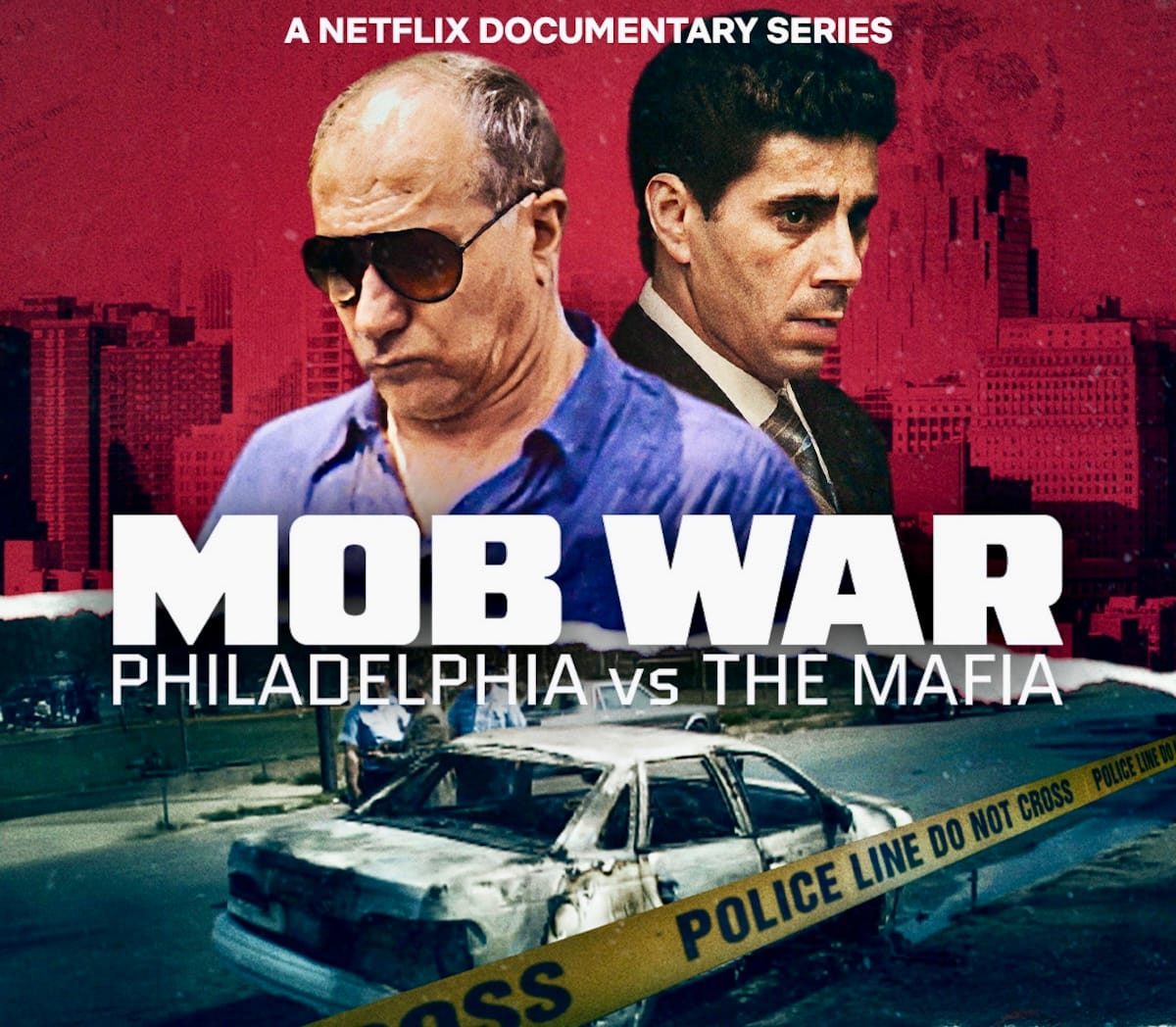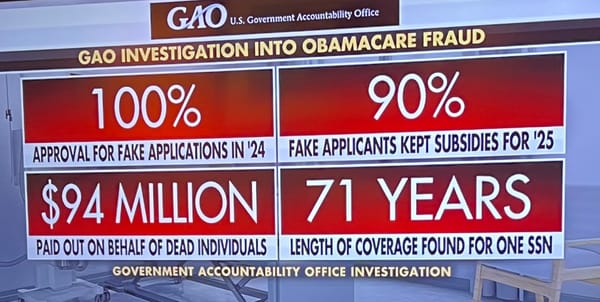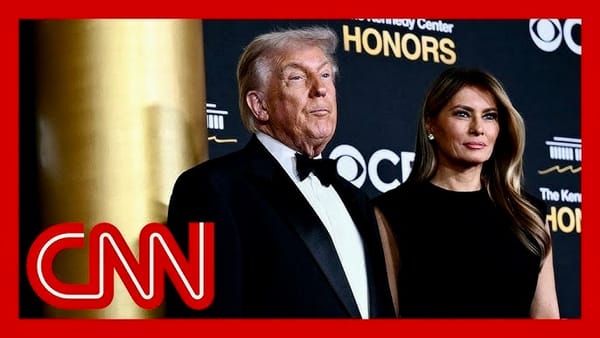My life as a Mafia outsider
I covered the mob from the edges, but I had a couple of advantages

Watching the Netflix docuseries, “Mob War: Philadelphia vs. the Mafia,” was a nostalgia vehicle that took me back 30 years to my life as a mob outsider, or observer. I was then living in South Philly and was married to the mob, in a sense, as my then-wife was a Merlino, and a cousin of “Skinny Joey” Merlino.
The series notes several times that while Merlino was convicted of racketeering and related charges, he was never convicted as being a Mafia don. That is true, yet law enforcement, and most of South Philly, believed he was the Mafia puppeteer.
The “war” covered by the series was between Merlino, head of the Young Turks alliance of wise guys born and bred in South Philly, and John Stanfa, the Sicilian-born old head who was installed as boss after psycho don Nicky Scarfo was sent away by the feds.
When confronted by reporters, Merlino would usually engage them with a smirk and quip. Stanfa would glare at reporters and maybe give them a “fuck you.” But he talked to me.
In addition to the series, memories rolled in like the tide as I read the Inquirer’s Nick Vadala‘s great job in recapturing the era, when bodies were dropping like leaves. Unlike most of his colleagues, he has a feel for the gritty city of Philly, and also appreciates what the Daily News was up to.
The Daily News covered the mob not because we were trying to make heroes of them, as some critics claimed, but because they were great copy. Readers loved the real-life version of “The Godfather,” and sales rose when Mafia was on Page One. (Sales also soared with Page One coverage of Britain’s Royal Family. Go figure.)
Vadala reported a few things that even I had forgotten.
—-
The docuseries covers the early ‘90s, shortly I had moved into South Philly, in a gray stone twin facing Marconi Plaza.
Major Mafia coverage was provided by the Inquirer’s peerless George Anastasia, the Daily News’ fearless Kitty Caparella, and on the TV side, Fox 29’s pushy Dave Schratwieser. Of course I knew them, along with Stephen LaPenta, a law enforcement agent who provided much of the “Mob War” narrative, and with whom I am in touch on social media.
Great sources make great reporters. The three I mentioned all had law enforcement people giving them tips, because they were mob specialists.
I covered the mob from the edges, but I had a couple of advantages they did not have.
For one, I lived in South Philly, and had access to mob street talk. For another, at that time, the Daily News circulation was high, and my column was hot. If that sounds like bragging, so be it. It’s true.
Finally, my father-in-law, Paul Merlino, a decorated World War II veteran, was not in the mob, but he was an associate, meaning he was friendly with Mafioso, many of whom lived in South Philly.
In World War II, Paul served in the 3rd Infantry Division, and earned a silver star for heroism during the invasion of Anzio, where he was seriously wounded. In the hospital, he was nursed by a beautiful, fair-skinned Neopolitan named Lucia, whom he later married and brought home as a war bride. She was as warm and generous as Paul was tough.
Like Audie Murphy, the most decorated U.S. soldier in WWII who served in his unit, Paul was short. In his 60s when I first met him, he was barely 5-6, and 100 pounds, but if anyone caused trouble around his 10th and Wolf home, he’d hit the street with a softball bat he kept behind the front door. The toughest sonofabitch I knew, he had balls of steel.
His wish to be buried in Arlington National Cemetery was honored, and I was there for the exquisitively moving ceremony. If our government worked as well as that burial detail, we’d never have another problem.
I never saw a gun in Paul’s hand, well, until he fired one in the basement of his rowhouse that he turned into a firing range.
That’s where he tested his home-made silencers.
Paul became a conduit for mob info he heard on the streets. Nothing about crimes, but more like Mafia gossip, whose star was rising or falling. Things like that.
And I wrote about the mob often, usually short takes, not huge stories turned out by Anastasia and Caparella. My info came from a variety of sources in addition to Paul — some other street sources, some cops.
One of my friends who was hooked up told me Skinny Joey was unhappy about some of my reporting.
“My number is in the paper. Why doesn’t he call me?” I asked.
My buddy gave me a look.
“What?” I asked.
“Would you like to talk to him?”
I said, sure.
A few days later, on a Saturday morning, I sat down with my friend and Merlino in a coffee shop on South Broad.
After a few pleasanties, where we acknowledged my “married to mob” connection, he got to the point.
This is from memory because, obviously, I was not wearing a wire.
“I like your column, but sometimes you get things wrong,” he said. He was talking about my reporting on the mob.
“Maybe you have a point,” I said. “Mostly my sources are cops. They talk to me, you don’t. So I have to go with their version.”
He nodded.
“So if you talk to me, I can give your side, and I don’t have to quote you by name. You can be ‘a knowledgeable source,’ or something like that.”
In fairness, reporters should speak to all sides, and sometimes cops exaggerate.
Merlino gave me his cell phone number.
Sometime later, I had a sitdown with the guy who was trying to kill him, John Stanfa.
This was arranged by the same intermediary — Jerry Blavat, who was not in the Mafia, but he knew, and was friendly with, both sides. He was also friendly with mayors, D.A.’s, cops, the Roman Catholic Cardinal, judges and damn near everyone else.
The arrangement was for a brief meet and greet, with neither side acknowledging what the other side did for a living.
I know, weird. But this is the mob.
Blavat and I arrived first and seated ourselves, side by side, in a pub in the 600 block of 6th, just above Bainbridge. The place was empty, just before the lunch rush.
A few minutes later, Stanfa arrived, alone, with no bodyguard, and sat down across from us.
Blavat said, “John, this is Stu. Stu, say hello to John.”
We shook hands across the table.
Again, this is from memory, no wire.
“Nice to meet you, John. What do you do for a living?”
“I’m in food,” he said. He did have a food wholesaling front.
“What do you do?,” he asked.
“I work in publishing.”
He smiled.
He had been on TV a few weeks earlier, unwittingly, in a document done by Geraldo Rivera, I believe, using hidden cameras.
“You look familiar,” I said. “Might we have met somewhere?”
“You ever been in jail?” he deadpanned.
—-
I was not able to recruit either man as a source, and the meetings were off the record. I report it now only because more than 30 years have elapsed. Stanfa is serving a life sentence, and Merlino is selling cheesesteaks on South Broad. He refused to be interviewed for the Netflix series, which I found a little surprising because Merlino has superb street smarts and always knew how to handle the media. I think his role model was the New York don, dapper John Gotti.
Pleading guilty to a gambling charge in 2018, his attorney advised him not to speak to me. I didn’t take it personally.
Merlino is fascinating. He ought to write an autobiography, and, hell, yeah, I’d be his ghostwriter. We were family once.
——
Final story, about a one-time Merlino frenemy — Steven (Gorilla) Montevergine, another fan of my column.
Once a Philadelphia cop, he was fired in 1982, charged with corruption after three years on the force. Switching sides, he became Supreme President of the Pagans Motorcycle Club, with a reputation for racketeering, extortion and worse.
One day my office phone rings, and it’s Montevergine, requesting a meeting. He does not want to talk on the phone.
“My office?,” I say.
Nah, he says.
“My clubhouse?,” he says.
Nah, I say.
Montevergine’s home is a block from mine.
I want a public place, but not too public. We settle on an Italian restaurant at 15th and Moyamensing, where I was known, and friendly with the owner. I arrive first, make myself comfortable at the bar, and adjust the .357 under my jacket.
Not that I was expecting trouble.
Montevergine comes in, eyes the place, comes up to me at the bar, and suggests we meet in his car outside. Maybe he thought the place was surveilled.
Meet in his car?
I use my flip phone to call my wife.
“You know the meeting I had?,” I say in Montevergin’s presence. “We’re going to his car.”
He now knows I have a witness who knows who I am with and where I am going.
Mentally, I have decided to sit in his car, but if he reaches for the ignition, I will reach for my gun. I was not going for a ride.
Not that I was expecting trouble.
There was none. In fact, Montevergine gave me a nice scoop — that the Pagans were cool with the Merlino faction of the mob, and Skinny Joey was trying to negotiate a pact between the Pagans and another violent South Philly motorcycle gang.
I eventually moved out of South Philly, and three other characters in this drama all went to jail for varying terms.
Only two are free today — Merlino and me.



